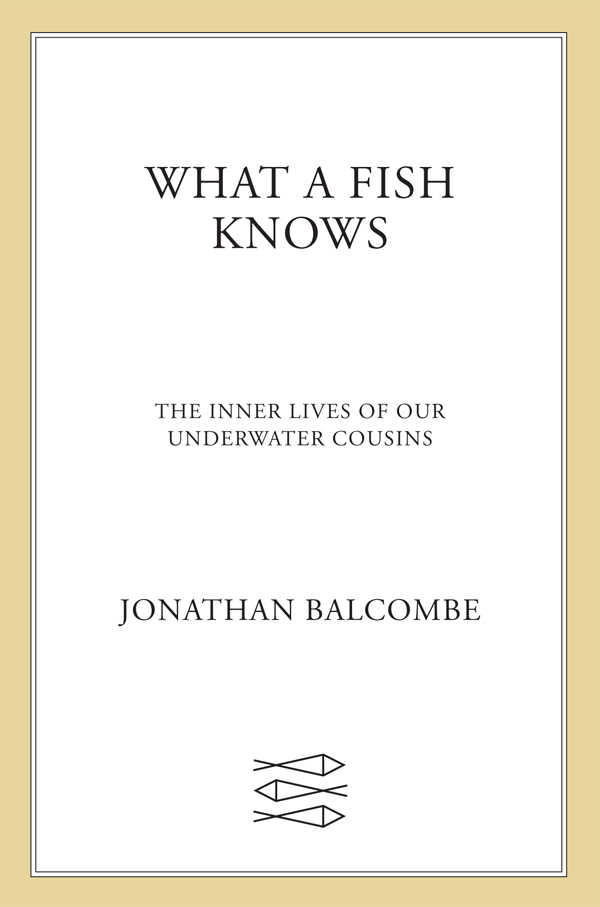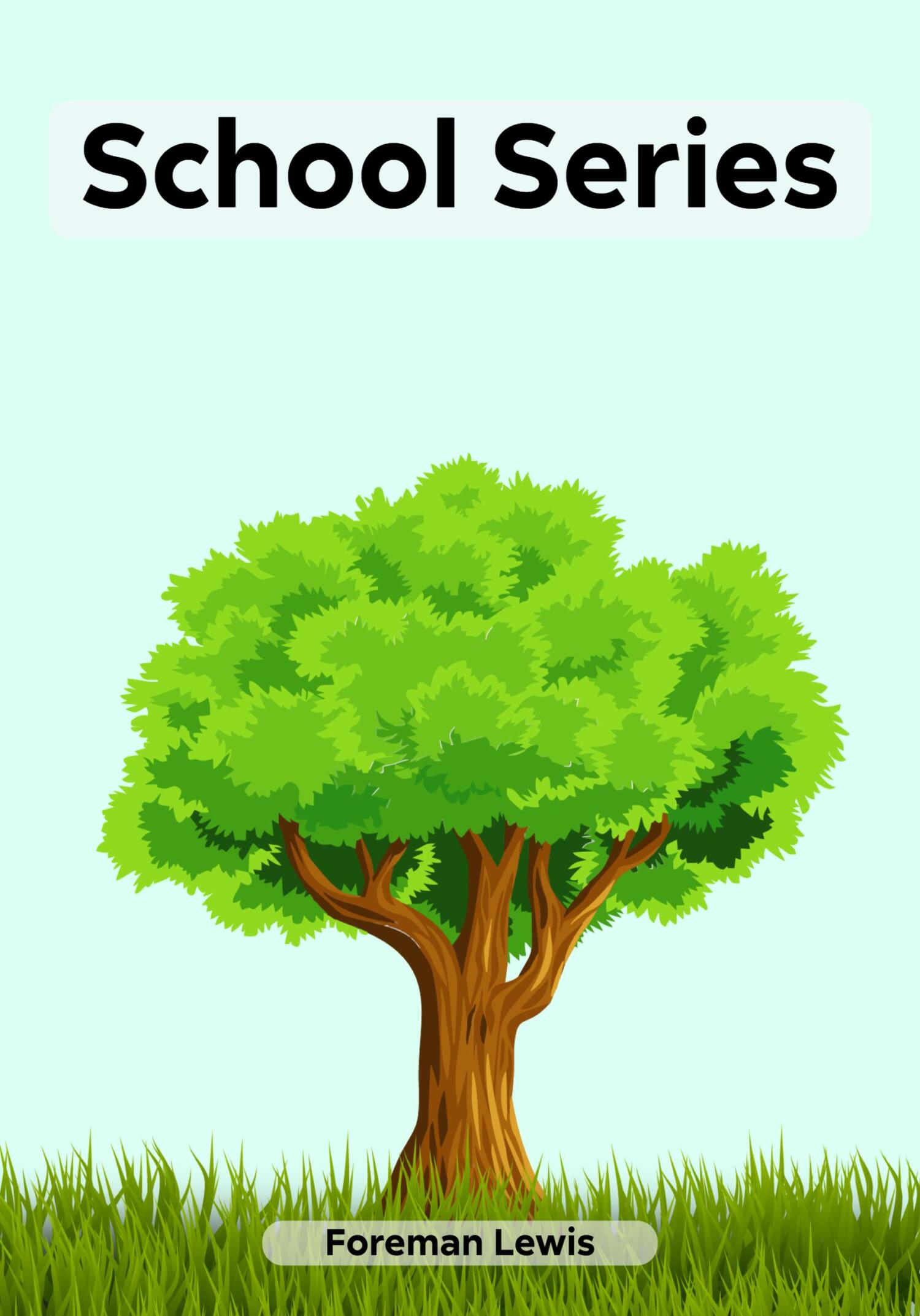Тревожное поколение. Как Великое подключение детства вызывает эпидемию душевных болезней - Джонатан Хайдт
Книгу Тревожное поколение. Как Великое подключение детства вызывает эпидемию душевных болезней - Джонатан Хайдт читаем онлайн бесплатно полную версию! Чтобы начать читать не надо регистрации. Напомним, что читать онлайн вы можете не только на компьютере, но и на андроид (Android), iPhone и iPad. Приятного чтения!
Шрифт:
Интервал:
Закладка:
Reeves, R., & Smith, E. (2021, 8 октября). The male college crisis is not just in enrollment, but completion. Brookings. www.brookings.edu/articles/the-male-college-crisis-is-not-just-inenrollment-but-completion/
Richerson, P. J., & Boyd, R. (2004). Not by genes alone: How culture transformed human evolution. University of Chicago Press.
Rideout, V. (2021). The Common Sense census: Media use by tweens and teens in America, a Common Sense Media research study, 2015. ICPSR. doi.org/10.3886/ICPSR38018.v1
Rideout, V., Lauricella, A., & Wartella, E. (2011). State of the science conference report: A roadmap for research on biological markers of the social environment. Center on Social Disparities and Health, Institute for Policy Research, Northwestern University. cmhd.northwestern. edu/wpcontent/uploads/2011/06/SOCconfReportSingleFinal-1.pdf
Rideout, V., Peebles, A., Mann, S., & Robb, M. B. (2022). Common Sense census: Media use by tweens and teens, 2021. Common Sense. www.commonsensemedia.org/sites/default/files/research/report/8–18‑census-integrated-reportfinal-web_0.pdf
Rideout, V., & Robb, M. B. (2019). The Common Sense census: Media use by tweens and teens, 2019. Common Sense Media. www.commonsensemedia.org/sites/default/files/research/report/2019-census-8-to-18-full-reportupdated. pdf
Roebuck, V. J. (Trans.). (2010). The Dhammapada. Penguin UK.
Rojcewicz, S. (1971). War and suicide. Suicide and Life Threatening Behavior, 1 (1), 46–54. onlinelibrary. wiley.com/doi/abs/10.1111/j.1943-278X.1971.tb00598.x
Roseberry, S., Hirsh-Pasek, K., & Golinkoff, R. M. (2014). Skype me! Socially contingent interactions help toddlers learn language. Child Development, 85 (3), 956–970. doi.org/10.1111/cdev.12166
Rosenquist, J. N., Fowler, J. H., & Christakis, N. A. (2011). Social network determinants of depression. Molecular Psychiatry, 16, 273–281. doi.org/10.1038/mp.2010.13
Roser, M., Ritchie, H., & Dadonaite, B. (2019). Child and infant mortality. Our World in Data. ourworldindata.org/child-mortality
Rosin, H. (2012). The end of men: And the rise of women. Riverhead Books.
Royal Society for Public Health. (2017). Status of mind: Social media and young people's mental health and wellbeing. www.rsph.org.uk/static/uploaded/d125b27c-0b62–41c5-a2c0155a8887cd01.pdf
Ruiz Pardo, A. C., & Minda, J. P. (2022). Reexamining the «brain drain» effect: A replication of Ward et al. (2017). Acta Psychologica, 230, 103717. doi.org/10.1016/j. actpsy.2022.103717
Russoniello, C. V., Fish, M., & O'Brien, K. (2013). The efficacy of casual videogame play in reducing clinical depression: A randomized controlled study. Games for Health Journal, 2 (6), 341–346. doi.org/10.1089/g4h.2013.0010
Sales, N. J. (2016). American girls: Social media and the secret lives of teenagers. Knopf.
Sampalo, M., Lázaro, E., & Luna, P. – M. (2023). Action video gaming and attention in young adults: A systematic review. Journal of Attention Disorders, 27 (5), 530–538. doi.org/10.1177/10870547231153878
Sandseter, E. B. H., & Kennair, L. E. O. (2011). Children's risky play from an evolutionary perspective: The anti-phobic effects of thrilling experiences. Evolutionary Psychology, 9 (2), 257–284. doi.org/10.1177/147470491100900212
Sandseter, E. B. H., Kleppe, R., & Kennair, L. E. O. (2023). Risky play in children's emotion regulation, social functioning, and physical health: An evolutionary approach. International Journal of Play, 12 (1), 127–139. doi.org/10.1080/21594937.2022.2152531
Sandseter, E. B. H., Kleppe, R., & Sando, O. J. (2021). The Prevalence of Risky Play in Young Children's Indoor and Outdoor Free Play. Early Childhood Education Journal, 49 (2), 303–312. doi.org/10.1007/s10643-020-01074-0
Santos, R. M. S., Mendes, C. G., Miranda, D. M., & Romano-Silva, M. A. (2022). The association between screen time and attention in children: A systematic review. Developmental Neuropsychology, 47 (4), 175–192. doi.org/10.1080/87565641.2022.2064863
Sapien Labs. (2023, 14 мая). Age of first smartphone/tablet and mental wellbeing outcomes. sapienlabs.org/wp-content/uploads/2023/05/Sapien-Labs-Age-of-First-Smartphone-and-Mental-Wellbeing-Outcomes.pdf
Scarr, S. (1992). Developmental theories for the 1990s: Development and individual differences. Child Development, 63, 1–19.
Schneider, S. K., O'Donnell, L., & Smith, E. (2015). Trends in cyberbullying and school bullying victimization in a regional census of high school students, 2006–2012. Journal of School Health, 85 (9), 611–620. doi.org/10.1111/josh.12290
Sewall, C. J. R., Bear, T. M., Merranko, J., & Rosen, D. (2020). How psychosocial well-being and usage amount predict inaccuracies in retrospective estimates of digital technology use. Mobile Media and Communication, 8 (3), 379–399. doi.org/10.1177/2050157920902830
Shakya, H. B., & Christakis, N. A. (2017). Association of Facebook use with compromised wellbeing: A longitudinal study. American Journal of Epidemiology, 185 (3), 203–211. doi.org/10.1093/aje/kww189
Shaw, B., Bicket, M., Elliott, B., Fagan-Watson, B., Mocca, E., & Hillman, M. (2015). Children's independent mobility: An international comparison and recommendations for action. Policy Studies Institute. www.nuffieldfoundation.org/sites/default/files/files/7350_PSI_Report_CIM_final.pdf
Sherman, G. D., Haidt, J., & Coan, J. (2009). Viewing cute images increases behavioral carefulness. Emotion, 9 (2), 282–286. doi.org/10.1037/a0014904
Singh, A., Uijtdewilligen, L., Twisk, J. W. R., van Mechelen, W., & Chinapaw, M. J. M. (2012). Physical activity and performance at school: A systematic review of the literature including a methodological quality assessment. Archives of Pediatrics & Adolescent Medicine, 166 (1), 49–55. doi.org/10.1001/archpediatrics.2011.716
Shoebridge, P., & Gowers, S. (2000). Parental high concern and adolescent-onset anorexia nervosa: A case-control study to investigate direction of causality. British Journal of Psychiatry, 176 (2), 132–137. doi.org/10.1192/bjp.176.2.132
Skenazy, L. (2009). Free-range kids. Jossey-Bass.
Skowronek, J., Seifert, A., & Lindberg, S. (2023). The mere presence of a smartphone reduces basal attentional performance. Scientific Reports, 13 (1), 9363. doi.org/10.1038/s41598-023-36256-4
Snodgrass, J. G., Lacy, M. G., & Cole, S. W. (2022). Internet gaming, embodied distress, and psychosocial well-being: A syndemic-syndaimonic continuum. Social Science and Medicine, 295, Article 112728. doi.org/10.1016/j. socscimed.2019.112728
Statista Research Department. (2023, 2 июня). Post-baccalaureate enrollment numbers U. S. 1976–2030, by gender. Statista. www.statista.com/statistics/236654/us-post-baccalaureate-enrollmentby-gender/
Stein, D. (2023, 4 сентября). Facebook expansion: Invisible impacts? The Shores of Academia. www.shoresofacademia.substack.com/p/facebook-expansion-invisible-impacts [inactive]
Steinberg, L. (2023). Adolescence (13th ed.). McGraw Hill.
Stevens, M. W. R., Dorstyn, D., Delfabbro, P. H., & King, D. L. (2021). Global prevalence of gaming disorder: A systematic review and meta-analysis. Australian and New Zealand Journal of Psychiatry, 55 (6), 553–568. doi.org/10.1177/0004867420962851
Su, R., Rounds, J., & Armstrong, P. I. (2009). Men and things, women and people: A meta-analysis of sex differences in interests. Psychological Bulletin, 135 (6), 859–884. doi.org/10.1037/a0017364
Su, W., Han, X., Yu, H., Wu, Y., & Potenza, M. N. (2020). Do men become addicted to internet gaming and women to social media? A meta-analysis examining gender-related differences in specific internet addiction. Computers in Human Behavior, 113, 106480. doi.org/10.1016/j. chb.2020.106480
Substance Abuse and Mental Health Services Administration. (2023, 4 января). 2021 NSDUH detailed tables. www.samhsa.gov/data/report/2021-nsduh-detailed-tables
Sun, C., Bridges, A., Johnson, J. A., & Ezzell, M. B. (2016). Pornography and the male sexual script: An analysis of consumption
Прочитали книгу? Предлагаем вам поделится своим отзывом от прочитанного(прослушанного)! Ваш отзыв будет полезен читателям, которые еще только собираются познакомиться с произведением.
Уважаемые читатели, слушатели и просто посетители нашей библиотеки! Просим Вас придерживаться определенных правил при комментировании литературных произведений.
- 1. Просьба отказаться от дискриминационных высказываний. Мы защищаем право наших читателей свободно выражать свою точку зрения. Вместе с тем мы не терпим агрессии. На сайте запрещено оставлять комментарий, который содержит унизительные высказывания или призывы к насилию по отношению к отдельным лицам или группам людей на основании их расы, этнического происхождения, вероисповедания, недееспособности, пола, возраста, статуса ветерана, касты или сексуальной ориентации.
- 2. Просьба отказаться от оскорблений, угроз и запугиваний.
- 3. Просьба отказаться от нецензурной лексики.
- 4. Просьба вести себя максимально корректно как по отношению к авторам, так и по отношению к другим читателям и их комментариям.
Надеемся на Ваше понимание и благоразумие. С уважением, администратор knigkindom.ru.
Оставить комментарий
-
 Ариэль летит24 декабрь 21:18
А в этой книге открываются такие интриги, такие глубины грязной политики, и как противостояние им- вечные светлые истины, такие,...
Сеятели ветра - Андрей Васильев
Ариэль летит24 декабрь 21:18
А в этой книге открываются такие интриги, такие глубины грязной политики, и как противостояние им- вечные светлые истины, такие,...
Сеятели ветра - Андрей Васильев
-
 Гость Екатерина24 декабрь 15:37
Очень юморная книга. Спасибо автору...
Жена с татуировкой дракона - Кристина Юрьевна Юраш
Гость Екатерина24 декабрь 15:37
Очень юморная книга. Спасибо автору...
Жена с татуировкой дракона - Кристина Юрьевна Юраш
-
 Нинель24 декабрь 12:30
Хорошая история, душевная, практически реальная, веришь автору, что так и было...хочу такого же Макса, просто до мурашек... Но,...
Проще, чем кажется - Юлия Устинова
Нинель24 декабрь 12:30
Хорошая история, душевная, практически реальная, веришь автору, что так и было...хочу такого же Макса, просто до мурашек... Но,...
Проще, чем кажется - Юлия Устинова










